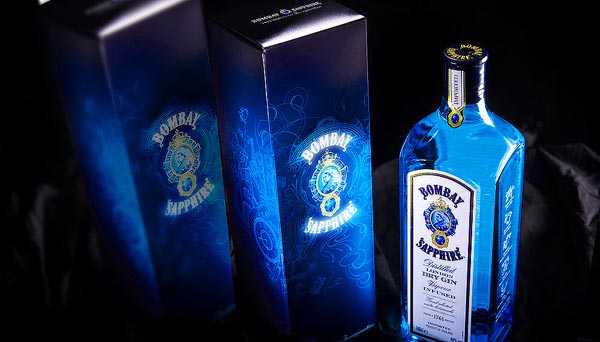Low Energy Illumination Introduced for Packaging and POS Display
![]() Print this Article | Send to Colleague
Print this Article | Send to Colleague
A new era is beginning this year – at least in the field of packaging. For, in cooperation with INURU GmbH from Berlin, Karl Knauer presents probably the world’s first illuminated packaging with printed, flexible, organic, light-emitting diodes (OLEDs). The packaging is the next logical step by the company, for it is a further development of the "HiLight – printed electronics" technology.
OLED – an illuminated future
OLEDs are merely a few nanometres-thin, self-illuminating surfaced light sources and comprise organic semi-conductors. They can be fully printed with all of the electronic components including the batteries. In comparison with electroluminescence, OLEDs are 100-500 times brighter, but only require a fraction of the energy, are ultrathin, flexible, and low-cost in their manufacture. Due to the lower power consumption, lighting elements can be operated with batteries in an energy self-sufficient way for months. The technology is sustainably recyclable and can be easily disposed of in line with statutory requirement.

Pictured above: Bombay Sapphire brand gin is marketed on shelves inside of a special, high gloss paperboard box package. In low light or darkness, the OLEDs and their circuitry woven into the board fiber glow brightly. Paperboard, unlike electrically conductive metal or brittle hard plastic sheets, makes a suitable medium for OLED powering technology. The alluring glow, designed to make the product stand out in low light merchandizing ares and to be a collectable item by the consumer, is so bright that it can illuminate the entire glass bottle, despite there being white overhead lighting present for the photoshoot.
OLED packaging – the revolution of product Marketing
In the future, packaging, displays, POS materials, advertising means, and even bottle labels can be equipped with animated pictures, logos, and texts: A revolution for product marketing! The lighting effect can now even be activated contactless without the usual sensors upon request. The customer approaches the shelf and the packaging lights up. An increase in attention to the brand, which is priceless. In the "first moment of truth," i.e. the moment of selecting the product and deciding to purchase, the product becomes the winner!
Development cooperation
Karl Knauer KG and INURU GmbH both bring along their respective many years of experience and their wide technical expertise into the cooperation involving printed electronics in paper and packaging. INURU has revolutionized the printing of OLEDs in recent years and is now maturing the industrial application in large productions step by step. Several patents have been applied for regarding the manufacture of the components, their processing for the production of printed OLEDs and their application. Both partners are now working exclusively in the fields of packaging, POS, advertising material, labels, ad specials, and much more.
History of illuminated packaging
The triumphal procession of printed electronics from the company Karl Knauer KG began almost 10 years ago. The first illuminated packaging on the basis of electroluminescence was presented by the company as a prototype at the Interpack in Düsseldorf; in 2012, market maturity was reached and probably the world’s first freely sellable illuminated packaging could be offered for sale worldwide for the Bombay Sapphire of Bacardi. More than 30 national, international, and global awards followed. For Bacardi as the parent company, the illuminated packaging "Bombay Sapphire" represents the "best and most successful packaging in the history of the brand" to this day....(Karl Knauer KG).


